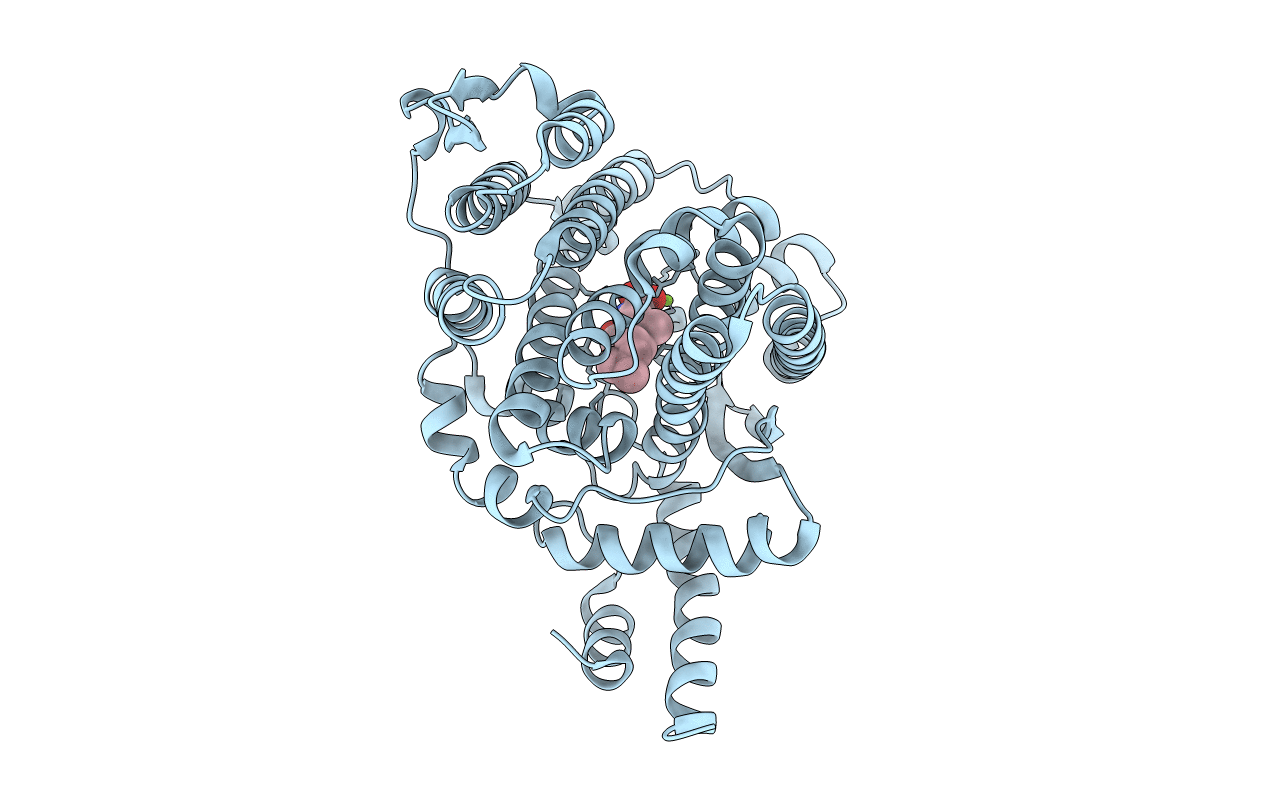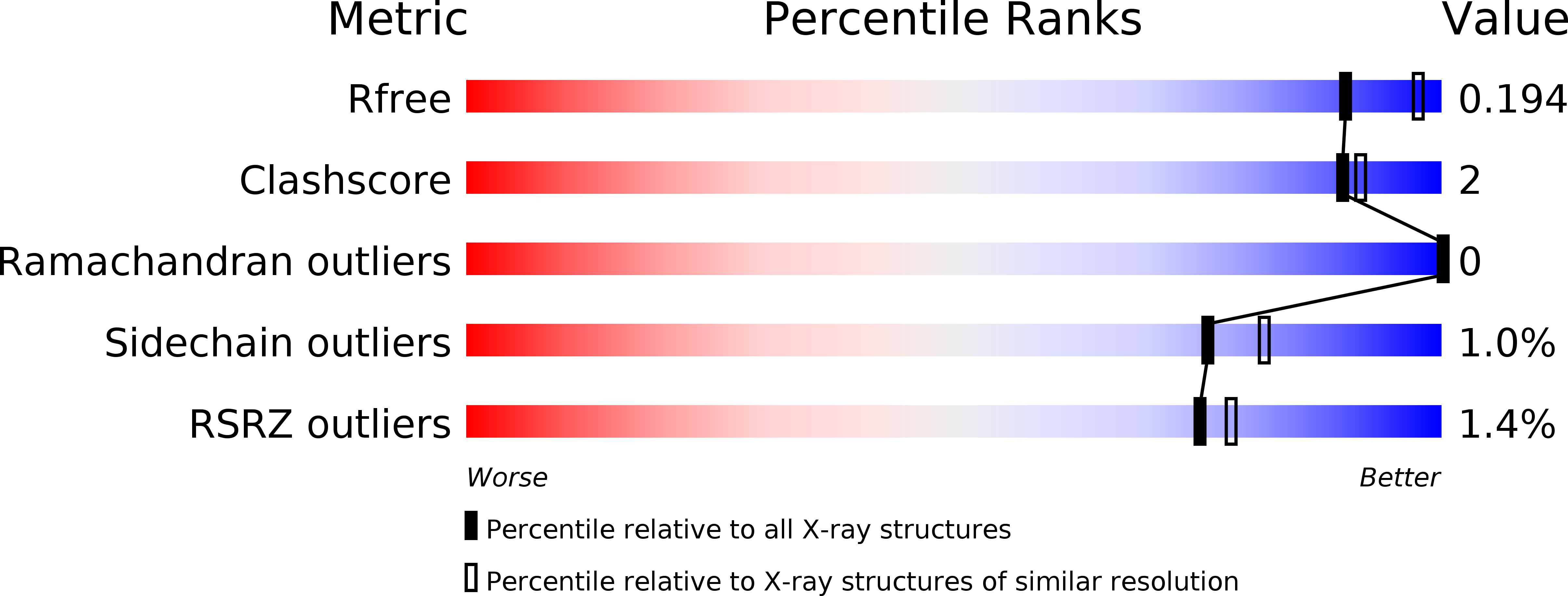
Deposition Date
2020-01-22
Release Date
2020-04-08
Last Version Date
2024-03-06
Entry Detail
PDB ID:
6VL1
Keywords:
Title:
Crystal Structure of the N-prenyltransferase DabA in Complex with NGG and Mg2+
Biological Source:
Source Organism:
Pseudo-nitzschia multiseries (Taxon ID: 37319)
Host Organism:
Method Details:
Experimental Method:
Resolution:
2.10 Å
R-Value Free:
0.19
R-Value Work:
0.17
R-Value Observed:
0.17
Space Group:
P 43 21 2


